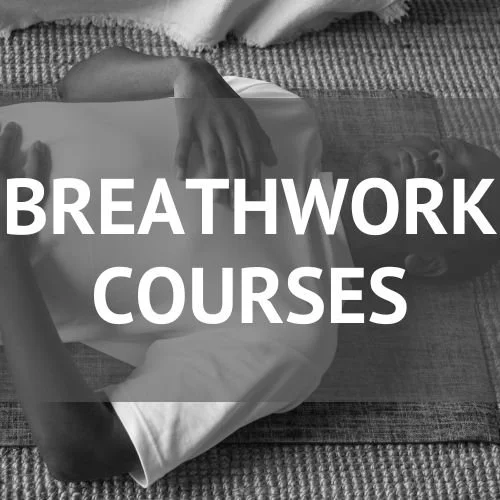Diaphragmatic (Belly)
Breathing
What is Diaphragmatic Breathing?
Diaphragmatic breathing is a technique that emphasizes using your diaphragm, the dome-shaped muscle at the base of your lungs, to breathe fully and deeply.
Unlike shallow chest breathing, which primarily engages the upper chest muscles, diaphragmatic breathing allows for greater oxygen intake, stimulates the relaxation response, and promotes overall well-being.
Who is Diaphragmatic Breathing Good For?
Belly Breathing is a practice that benefits virtually everyone, from stressed-out professionals to athletes seeking peak performance.
Here are some specific groups who can reap its rewards:
Those struggling with anxiety and stress: Diaphragmatic breathing activates the parasympathetic nervous system, counteracting the "fight-or-flight" response and inducing a state of relaxation.
Individuals with chronic pain: Deep belly breathing can help to relax tense muscles, ease pain, and promote a sense of calm and well-being.
People with respiratory conditions: Diaphragmatic breathing can improve lung function and increase oxygen intake, potentially easing symptoms of asthma and other respiratory issues.
Anyone seeking to improve their focus and mental clarity: By fully engaging the diaphragm and increasing oxygen flow to the brain, diaphragmatic breathing can enhance concentration and mental clarity.
Those looking to improve sleep: Practicing diaphragmatic breathing before bed can calm the mind and body, preparing you for a restful night's sleep.
A Step-by-Step Guide to
Diaphragmatic Breathing
Find a Comfortable Position: Sit upright in a chair with your feet flat on the floor, or lie down on your back with your knees slightly bent.
Relax Your Body: Close your eyes or soften your gaze. Release any tension in your shoulders, jaw, and face.
Hand Placement: Place one hand on your chest and the other on your belly.
Inhale Deeply: Breathe in slowly through your nose, feeling your belly expand like a balloon while your chest remains relatively still. Your lower hand should rise, while your upper hand should remain mostly still.
Exhale Slowly: Exhale gently through your mouth, feeling your belly fall. Your lower hand should lower, while your upper hand remains still.
Repeat: Continue this cycle for 5-10 minutes, focusing on the rise and fall of your belly with each breath.
Tips for Incorporating Belly Breathing Into Your Day
The more you practice diaphragmatic breathing, the more natural it will become.
Here are a few tips to integrate this practice into your daily life:
Morning Ritual: Start your day with 5-10 minutes of belly breathing to set a calm and grounded tone.
Stressful Moments: Whenever you feel stressed or overwhelmed, take a few minutes to focus on your breath and engage your diaphragm.
Bedtime Routine: Practice diaphragmatic breathing in bed before falling asleep to relax your body and mind.
Mindful Moments: Incorporate belly breathing into other activities, such as walking, waiting in line, or even washing dishes.
Did You Enjoy This Breathing Technique?
Here are some other ways to experience breathwork
with Breathing Space.
Free Breathwork Resources
-
Not sure if Breathing Space is the right place for you? Come and join our weekly free online breathwork sessions led by our current trainees, and faculty! Five times a week.
-
We create high quality breathwork resources every month. You are welcome to check them out! The only string is that we ask for credit if using any of the materials.
Practice Breathwork
-
We offer access to a library of breathwork techniques, guided meditations and conscious connected breathwork journeys. Also monthly live breathwork sessions with Benedict Beaumont, founder of Breathing Space.
-
We have a collection of low cost breathwork courses including Rewire, our 12 week transformational breathwork course that all Breathwork Facilitator Students go on. If you take the course and then later want to do the Facilitator Training, the price will be discounted from your Breathwork Facilitator training program costs.
Check out our courses here


